The Karelian bear dog is also called the Karelian husky, it belongs to the hunting hunting breeds. Bred her as a wagon in relation to the search for game, it is perfect for almost any hunt: birds, moose, bears and other animals. She got her name after her amazing qualities were recorded in a bear hunt. The fearlessness of the dog was amazing, therefore, the term “bearish” was added to the name of Karelian.
This breed excels in hunting fur animals, has excellent stamina, strength, intelligence, and is unpretentious in content. The instinct is amazingly developed, and the strongest jaws are able to hold the strongest beast.
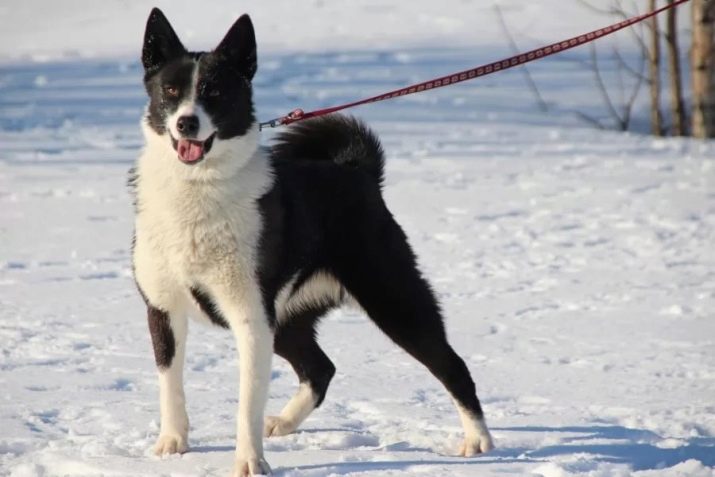
Appearance story
Karelian bear dog was first obtained as a result of crossing huskies of Arkhangelsk origin and Finnish dogs. The first puppies appeared in the second half of the XIX century in Karelia, where Finnish and Arkhangelsk breeds were quite common as hunting dogs. As a result of selection, representatives of a new breed were obtained, who were able to combine the best quality indicators of their ancestors. Used dogs of the new breed for hunting large animals: moose, wild boars and, of course, bears.
In the 30s of the XX century, the breeding and development of the Karelian husky intensified, the first breeders and nurseries appeared, who achieved recognition of the breed at the best exhibition forums. The breed was officially recognized by dog handlers. Unfortunately, the war negatively affected dog breeding, the number of individuals was reduced to almost complete destruction. Of the surviving several dozen dogs after the war, the breed was restored. They were guarded during the hostilities, taken to Europe, preserved and even developed.
In modern dog breeding, this is not the most common breed, however, in the north of our country it is very popular. It is believed that this is one of the best hunting dogs with amazing qualities, a spectacular exterior. Karelian huskies stand out among all the breeds of this series.
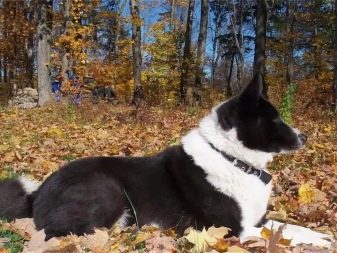
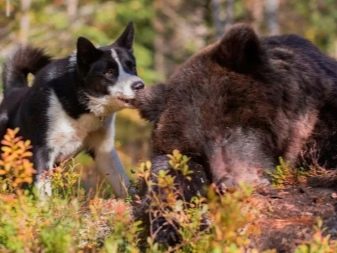
Breed characteristics
According to the standard, individuals of a Karelian dog have medium height at the withers, well-developed muscles and a strong skeleton already at the age of puppies (at 3 months). By sex, this breed is dimorphic. Height depending on gender varies from 48 to 60 cm. As for weight, it does not exceed 23 kg in both females and males. It is strictly forbidden to allow more weight, otherwise the hunting characteristics are reduced: activity decreases, speed decreases, weight interferes with energetic movements.

The description of the appearance of the breed includes the following characteristics:
- wedge-shaped head with a large forehead of a convex type;
- smooth line of transition of the forehead to the muzzle, tapering near the nose, deepened;
- the mouth is thin, lips are stretched and fit well to the jaw, completely hide the teeth;
- the ears are medium-sized in the form of a triangle, stand, slightly rounded to the ends;
- the eyes are proportional, not too big, the look is very clever, does not mow, differs in seriousness;
- the shade of the eyes according to the standard of brown, other tones are often rejected;
- strong muscular neck, short, bent shape;
- body elongated, greater than the height of the dog;
- back sloping type, muscular, strong;
- chest deep and voluminous;
- legs are hardy, strong, muscular;
- forepaws slightly smaller than hind legs;
- the tail is small, bent by a ring;
- there are scanty representatives with a tail length of not more than 5 cm or without it at all, however, this is allowed with great reservations.
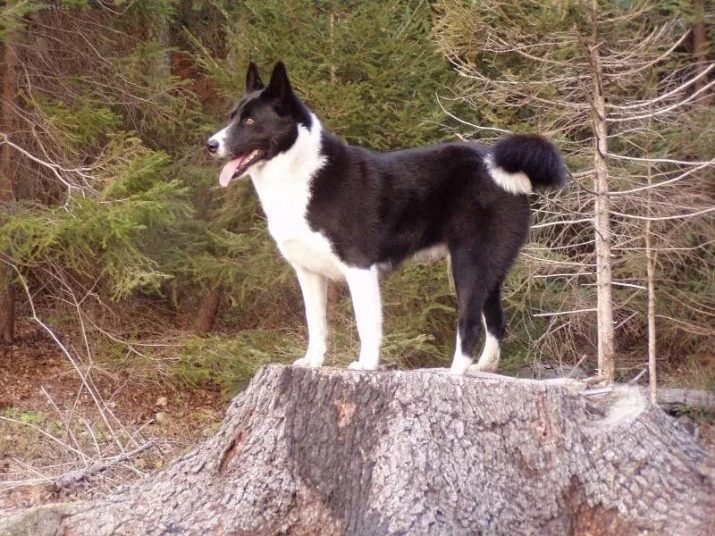
Separately, it is necessary to consider the possible colors of the animal and the type of coat:
- the undercoat is thick, very fluffy, the coat is quite stiff, straight;
- on the back and neck the hair is elongated, when compared with other areas - limbs, body, muzzle;
- puppies and adults of Karelian huskies have a black color of not shiny type;
- wool has a bronze tint;
- there are snow-white spots that have sharply defined borders on the chest, neck, head, limbs and at the end of the tail;
- possible coloring is white and wolf type with black spots.

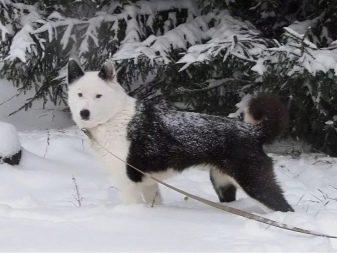
Nature and behavior
Karelians attract dog breeders with their stunning qualities, they are fearless in nature. They are distinguished by extreme perseverance in achieving the goal, they are undemanding in care, perfectly adapt to any conditions, very hardy. When breeding, the emphasis was on the development of hunting qualities, since the purpose of breeding is hunting. It is noted that hunting with Karelians is always successful. The dog smells great and looks for game, masterfully drives it.
In addition, dogs have an incredible ability to hold caught game for as long as necessary. They are extremely patient, obedient, and can spend a lot of time waiting.
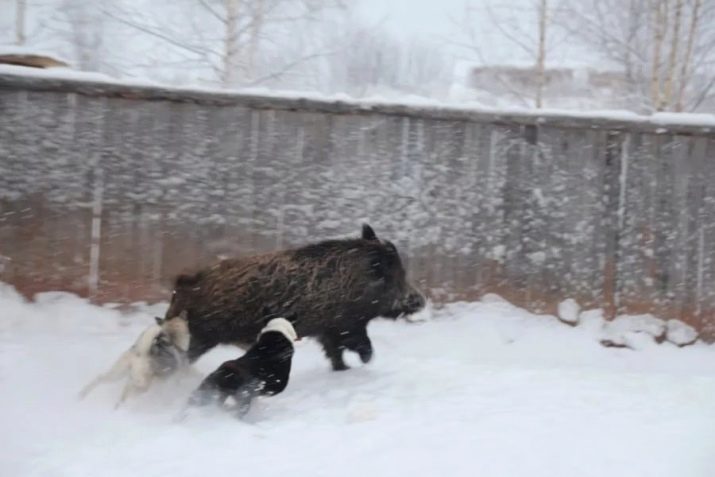
Hunting extremely brings Karel and the owner closer, they work in tandem, have close contact and quickly begin to understand each other, merging into one organism. However, it must be remembered that such a unity is possible only in the case of hunting with one like. If you want to arrange a dog hunt with several dogs, you have to abandon this idea with the Karelians: they do not tolerate each other's presence.
If several bear huskies take part in the corral of the beast, conflict situations are inevitable.
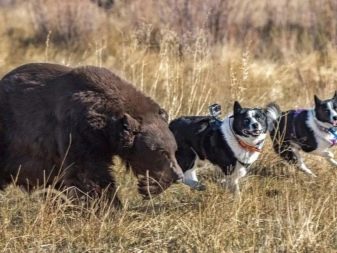
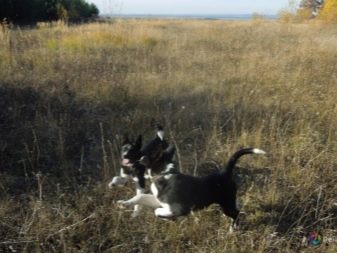
Karelians are not too trusting, especially for people whom they do not know well. If you see a representative of this breed, you should not pester him, come close, iron. Especially if the owner is not in close proximity. At the same time, the Karelians are incredibly fond of the owners, the family in which they live. They are affectionate, faithful, loyal, generous in affection, affection for all members of the family. At the same time, the owner of the dog is alone and he will obey only him; he does not recognize other authorities.
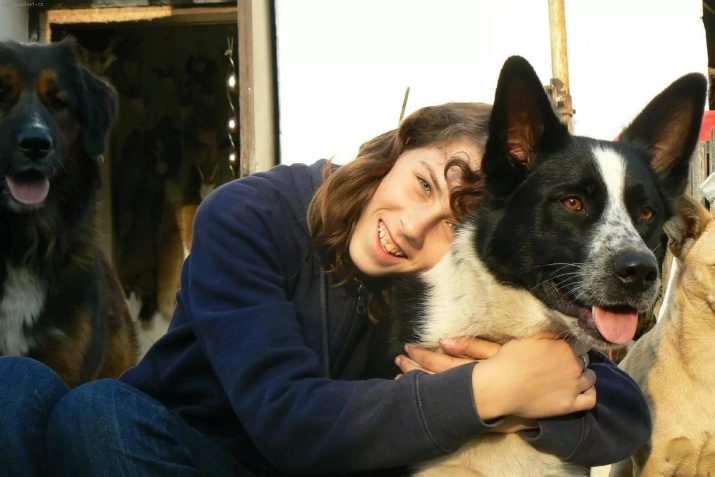
Unfortunately, Karelian does not get along too well with other representatives of the animal world, so it is unlikely to make friends with other pets. The hunting instinct says to him: all animals are potential prey, it is unlikely to retrain the dog. To start several Karelians is all the more not recommended. This is a dog-leader, he needs to dominate, so this neighborhood will provoke constant conflicts and fights.
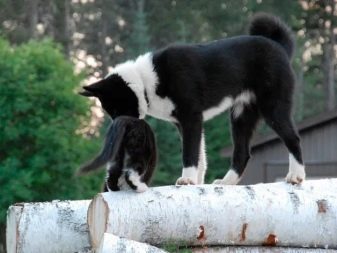
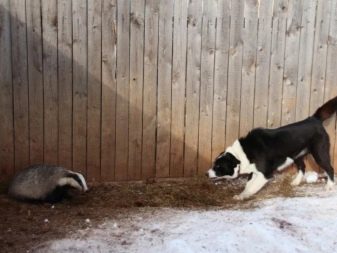
It is recommended to purchase such a dog for a hunting purpose that is traditional for him. This breed is not suitable for watchdog or decorative purposes. The lack of serious physical activity will lead to the fact that the dog will get bored, lose all his qualities, become irritable, aggressive. The lack of a constant load will lead to a violation of health, disease. In addition, the behavior becomes outside the norms of adequacy, the dog can spoil things from boredom, conflict.
The Karelian watchman is also very poor. In order to raise a good assistant dog, calm, patient, intelligent, it is necessary from the puppy's age to teach him to socialize, train, teach.
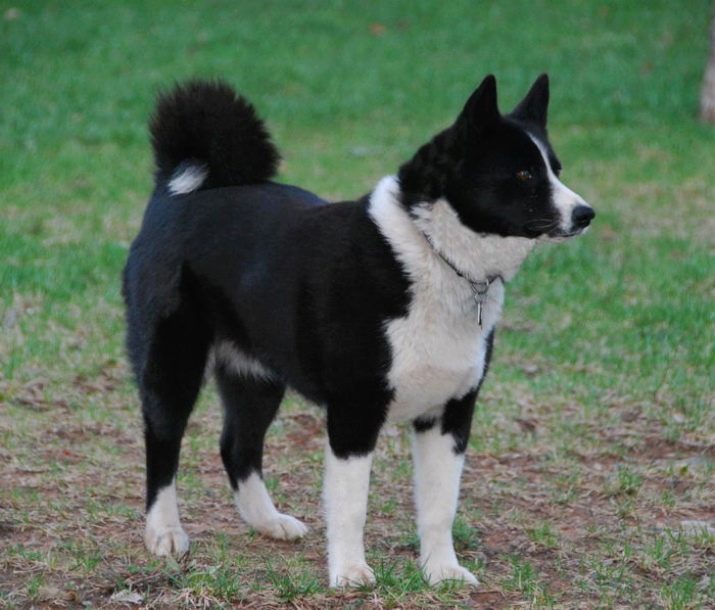
Nutrition and Care
Before you start a dog of this breed, you need to think about whether you have all the conditions for its maintenance and quality development. Karelov cannot be kept in an apartment - This is the first condition that cannot be ignored. Dogs are very fond of freedom, their nature does not endure restrictions, in such an environment they languish. The dog should be completely free to move, so experts recommend keep the dog in the aviary.
We must not forget that dogs need to run a lot, move, hunt. They miss the apartment, their character does not change for the better, they become unbearable, they do not listen well, they are annoyed.
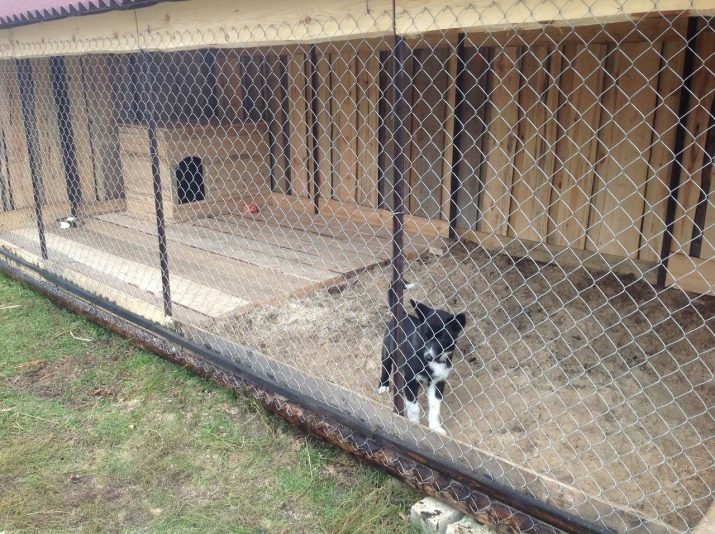
Walking on a leash will not fix the situation, the dog needs to run a lot and freely. Best of all, such dogs live in private houses outside the city with the ability to run around a large area for walking, fenced by fairly high fences. The enclosure should also be spacious, allowing you to run. As often as possible, the dog needs to be released on a free range in the territory or in the forest under supervision.
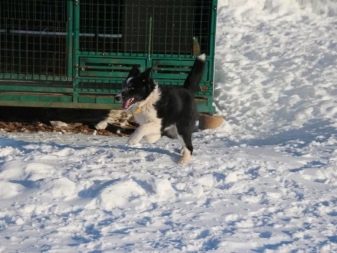
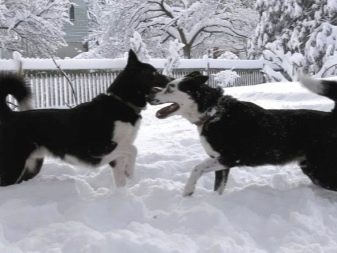
Such a restriction in the conditions of detention is compensated by the ease of care for the Karelian husky. Nursing measures are elementary and do not require special skills. The hair in dogs is not long, therefore it is not confused, no tangles are formed on it. Animals molt once every six months, but not too much. Combing the wool is necessary but not more than once a week, when molting is best done every day. The combing takes place using a conventional metal brush.
Karelian huskies practically do not stink of a dog, this is their undoubted advantage. Wash dogs of this breed is often not recommended, because the dirt does not stick to them. Water procedures are carried out using special dog shampoos.
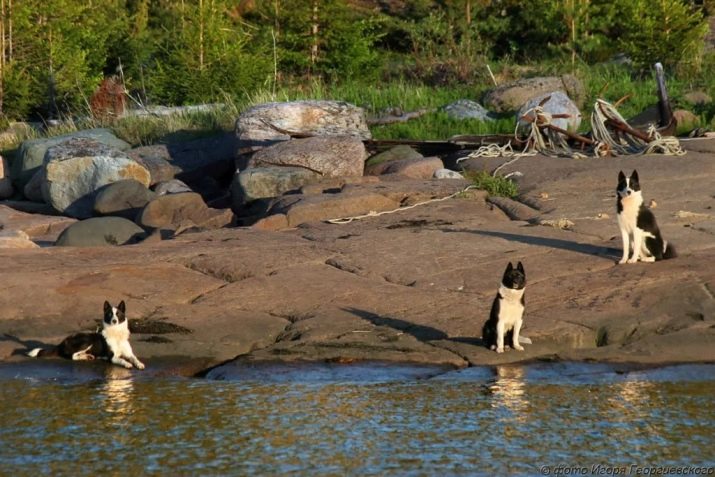
After each walk in the warm season, it is necessary to conduct a thorough examination of the dog, its skin, coat, as ticks and fleas perfectly settle there. Experts advise daily check the dog for external parasites. There is a wide range of antiparasitic drugs that must be used.
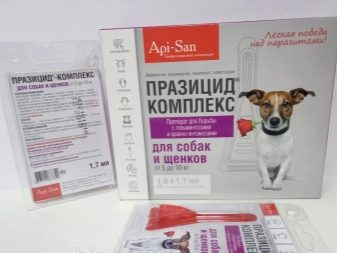
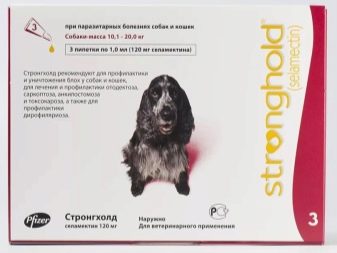
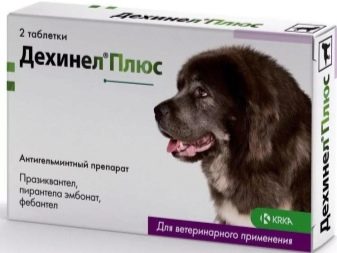
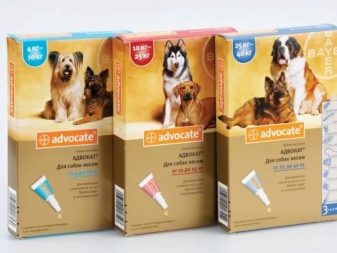
Careful care for your ears, teeth and eyes is necessary on a regular basis. Various kinds of pollution are constantly cleaned, this allows you to track the signs of infectious diseases. Processing and purification are carried out as pollution occurs, this prevents the development of inflammatory processes.
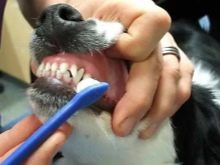
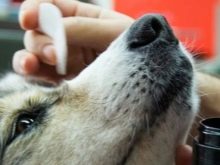
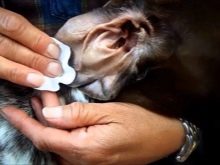
Claws are trimmed only if they do not grind naturally when the dog lives in an apartment. This is done using special claw trimmers.
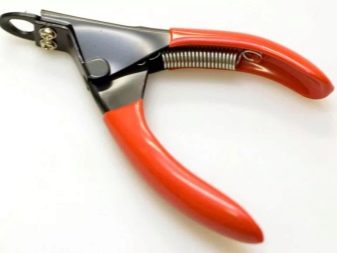
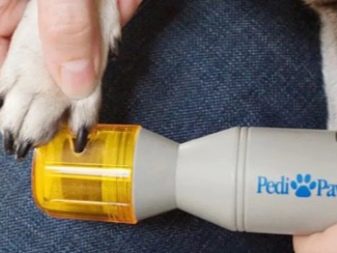
In order for the animal to develop well and not get sick, it is necessary to visit a veterinarian regularly, vaccination is scheduled, treatment for helminths, parasites. Karelian huskies live up to 15 years if care and maintenance are properly organized.
The breed has a strong immune system, so dogs rarely get sick, there is no genetic predisposition to any disease. Pathologies are extremely rare, so all diseases are acquired. All this happens due to improper care, lack of vaccinations, improper feeding.
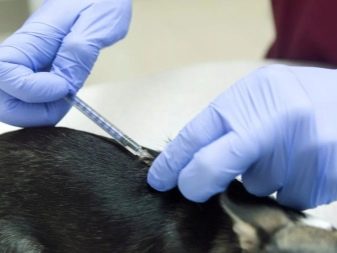

In order for the dog to be healthy, it needs to be properly fed. A good diet allows huskies to be sturdy and strong. At the same time, the dog eats quite a bit, especially if you compare it with representatives of other breeds of this size with an active lifestyle. Gluttony is unusual for a dogTherefore, it is difficult to overfeed her, she eats as much as she needs to saturate, the rest will remain in the bowl. It is necessary to monitor the number of calories in the diet, especially in winter, during the hunting season.
Feeding can be arranged both with special mixtures and in kind. If you make a choice in favor of the latter, you need to carefully consider the diet, it should be balanced and composed in this way - ½ protein component, that is, meat, the second half should consist of the following components:
- healthy cereals, slow carbohydrates;
- vegetables, fruits as a mineral and vitamin complex;
- offal;
- sour milk in the form of yogurt, kefir, sour cream, curd products.
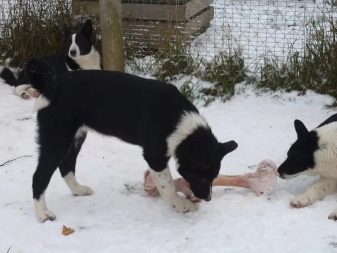
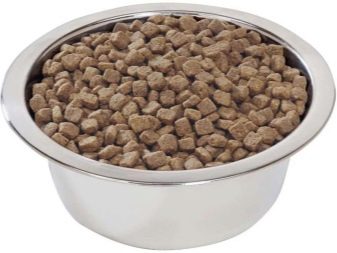
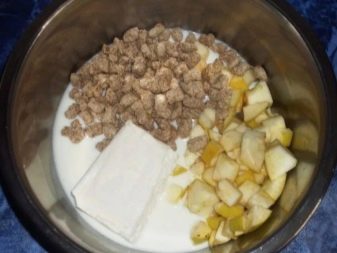
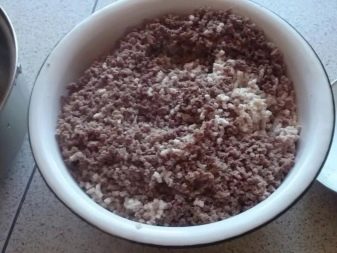
Not recommended or even prohibited:
- feed the dog food from a regular table;
- give her baked goods, confectionery;
- smoked products of any type;
- sweets, chocolate, other sweets;
- marinades and preservatives;
- pork
- tubular bones;
- potatoes;
- non-useful cereals such as semolina;
- salt, spices, seasonings - this can harm her scent, in this case the quality of the hunter will decrease or be lost.
Be sure to periodically include vitamin-mineral complexes in the diet.

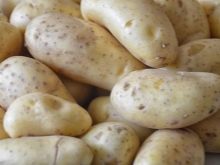
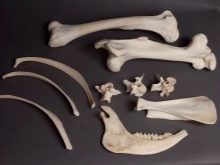
If you decide to feed the dog ready-made food, you must choose a mixture of high-end premium, good quality, trusted manufacturer. The feed should be intended for rocks of the active type. You can use both dry and wet types of feed, and the former do not need to be soaked. In this case, it is necessary to increase the amount of available water for drinking.
It is necessary to arrange food for an adult dog two times a day - in the morning and in the evening. Karelian babies are fed at least 4 times. The diet of puppies and mature dogs is similar, but in the case of feeding puppies increase the number of sour milk.
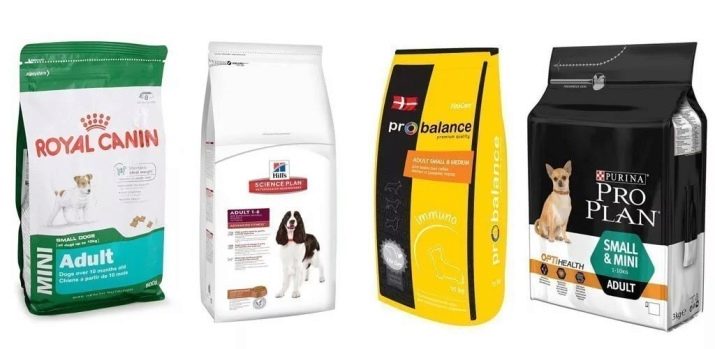
Parenting and training
Training of the Karelian husky should begin from the first day of its appearance in your house. The nature of the dog is quite specific, so you should not lose time in any case. Dog breeders do not recommend getting this breed for people who are getting a dog for the first time, it is better if there is at least a modest experience in raising and raising hunting dogs. Karel’s temperament is independent, freedom-loving, independent, it is important from the first meeting to put yourself in a master with a firm hand. The dog must clearly understand who the owner is, to whom to obey and initially be within the acceptable range.
There is no need to train a dog in hunting skills, since these skills are genetically embedded in it. The most important thing is to form a clear habit of acting on a team and only after it. This is the most difficult moment in the training of the Karelians. If a person initially can show himself as a master and gain a foothold in the dog’s mind in this position, there should be no problems in training.
In addition, there is one more difficulty in the education of the Karelian - too much developed instinct of the hunter pulls him into the wild. This problem will be solved by systematic studies and perseverance. Dog handlers warn against assault during training: cruelty, aggressive behavior, curses, screaming do not act on the dog the way you want it to. Rather, the effect will be the opposite: the dog will become vicious, aggressive, naughty, stubborn.
The position of strength is, first of all, patience and condescending perseverance, not op and beating. At the same time, rigor is simply a necessary quality when raising a husky.
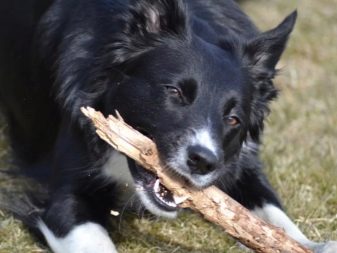
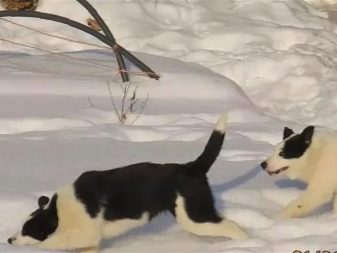
Dog walking is an excellent educational tool, it must be done at least twice a day. The control of the dog at this time makes it possible to once again demonstrate who is the boss in the house. It is best if you walk the dog in the muzzle from the first days, walk in different places, so that the dog learns to navigate and gets acquainted with the diversity of the world.
At first, the dog walks on a leash. She will need to get used to it, in addition, so she will be under control. After the dog is trained, in a forest area you can give him the opportunity to walk without a muzzle and a leash. At the very beginning of your relationship, the dog simply will not listen and will run after the birds and cats, despite your protest.
The responsibilities of the owner include:
- development of hunting skills;
- regular honing them;
- refusal of physical impact without emergency;
- socialization of the dog, that is, the gradual accustoming to other animals, as the husky perceives them all as prey;
- do not transfer the dog’s training, otherwise it does not recognize the owner.
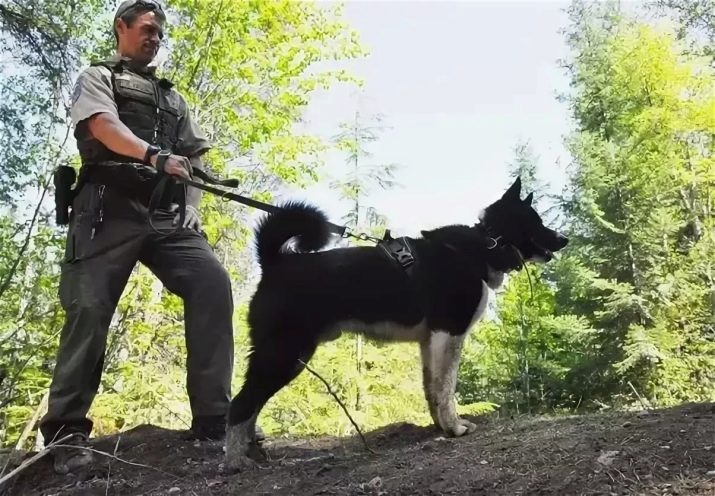
For the development of hunting skills are important:
- clear and complete understanding;
- confident execution of commands;
- fixing the main commands in the dog’s mind, it should run forward, approach the owner, run back, obeying implicitly;
- knowledge of the intonations of the owner, the ability to respond correctly;
- calm when shots and other events of a distracting nature;
- search skills;
- orientation skills;
- ability to distinguish traces;
- confident aportirovanie.
Karelians are etched and incubated for 7 months, you can delay the start of these procedures until one year, but no later. At the same time, the specific purpose of the dog should be determined and a beast for hunting should be selected: large, fur, game, bear.

In other countries, the dog is often trained in highly specific activities, such as scaring away bears. However, the main purpose of the dog is universal hunting. Weather conditions are not important for them, dogs are very hardy. Be sure to consider the fact that Karelians are extremely fearless, they are not afraid to come close to predators, therefore they often die during hunting.
For more information about the Karelian bear dog, see the next video.








































